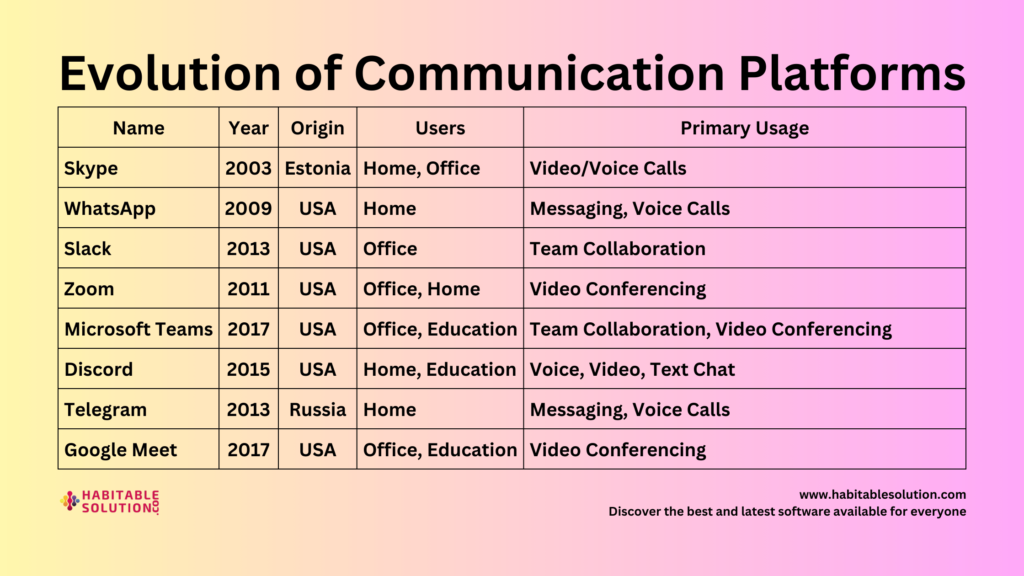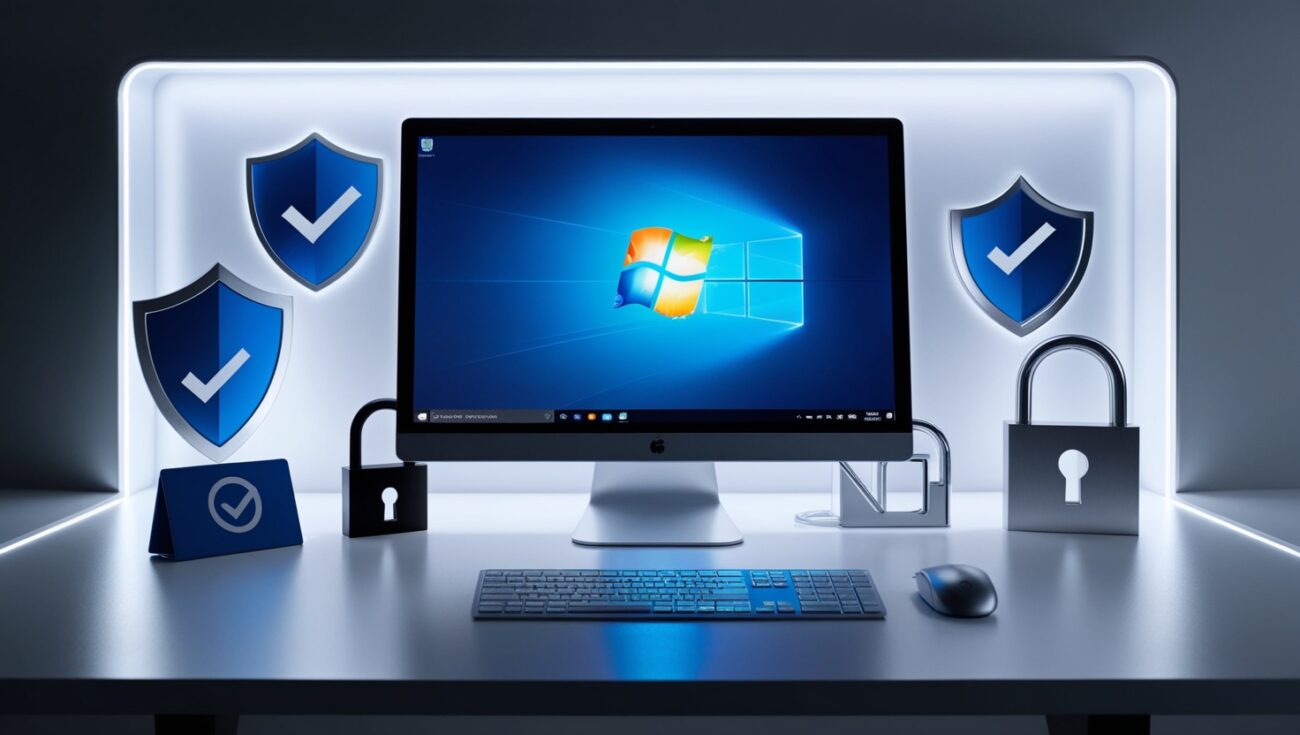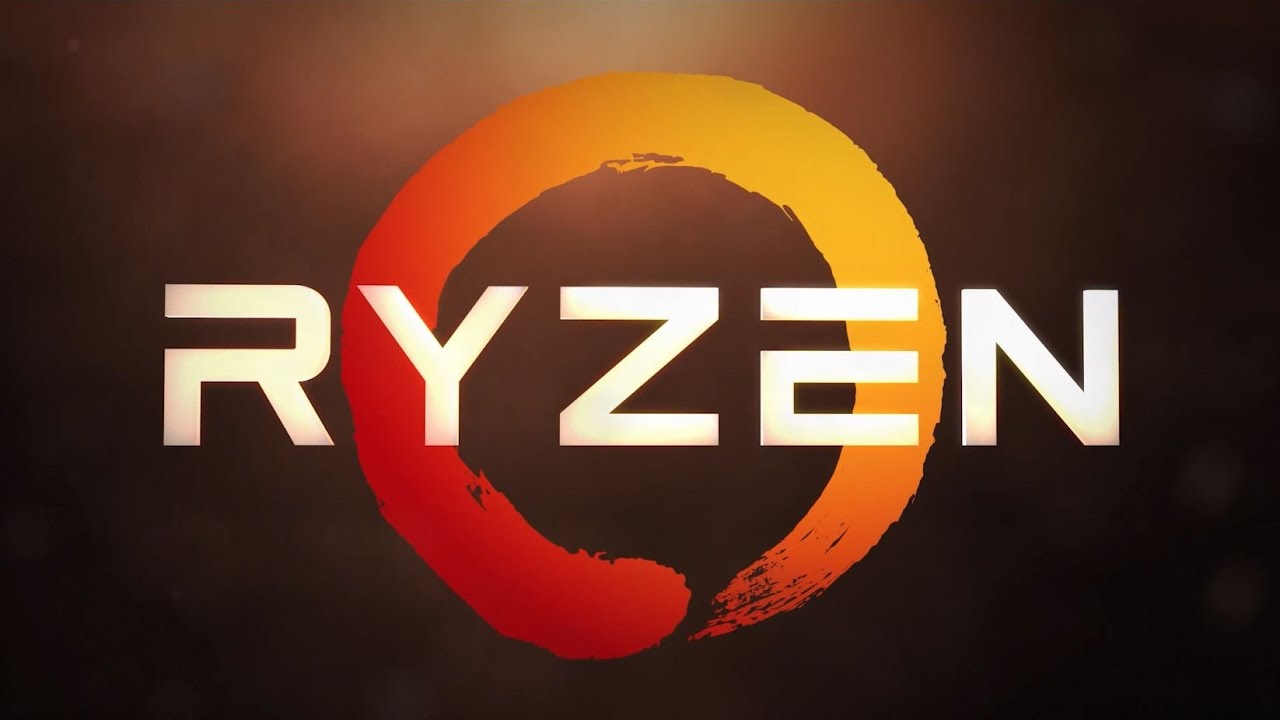Cybersecurity is one of the hottest and fastest-growing fields in tech. As data breaches, ransomware attacks, and cyber warfare dominate headlines, the demand for skilled cybersecurity professionals continues to skyrocket. But if you’re someone just starting out — staring at the vast landscape of buzzwords like “penetration testing,” “SOC analyst,” or “zero-trust architecture” — you might be asking, “Where do I even begin?”
You’re in the right place.
This blog post is your comprehensive, no-fluff guide to launching your cybersecurity career — complete with real-world insights, actionable tips, and industry-backed recommendations. Whether you’re switching from a different field, a recent graduate, or just curious about defending the digital realm, here’s what you need to know.
🎯 Why Cybersecurity Is the Career of the Future
Cybersecurity jobs are growing 3x faster than the overall tech job market. According to (ISC)², there’s a global shortage of nearly 4 million cybersecurity professionals. Companies from Fortune 500s to small startups are scrambling to hire talent. With flexible remote work, six-figure salaries, and a direct impact on national and global security, it’s no surprise people are flocking to the field.
But… getting started can feel like standing at the base of a mountain. So let’s break it down.
🧱 Step 1: Build a Solid Tech Foundation
Before diving into hacking tools or security frameworks, you must understand the basics of technology. Here’s what that looks like:
📡 Networking Fundamentals
You don’t need to memorize subnetting math, but you must understand:
- What an IP address is
- What DNS does
- How routers and switches operate
- What makes up a packet
- How data moves across the internet
Tools like Wireshark and TCPDump become your best friends as you learn to analyze network traffic — a skill essential for threat hunting, SOC analysis, and pentesting.
🖥️ Operating Systems: Linux and Windows
You’ll need command-line comfort. Linux (especially distributions like Kali) is the hacker’s OS of choice, while Windows remains the dominant enterprise platform. Get hands-on by:
- Navigating directories
- Using bash or PowerShell
- Installing and managing services
- Reading logs
📦 Virtualization & Cloud Basics
Spin up virtual machines (VMs) using VirtualBox or VMware, and familiarize yourself with cloud platforms like AWS or Azure. Many attacks and defenses today happen in the cloud, so understanding cloud storage, IAM, and virtual networking is crucial.
🛠️ Step 2: Learn the Tools of the Trade
Cybersecurity isn’t about memorizing tools—it’s about learning to think like an attacker and a defender. But there are some tools you’ll see again and again. Start with these:
- Nmap: Port scanning and enumeration
- Wireshark: Network packet analysis
- Burp Suite: Web application testing
- Metasploit: Exploitation framework
- Kali Linux: A penetration testing OS preloaded with 600+ tools
Don’t just use them — understand why they work.
And yes, you should break things. Build a home lab. Set up vulnerable machines like DVWA, Metasploitable, or use TryHackMe and Hack The Box for guided practice.
💬 Step 3: Learn Cybersecurity Concepts (And Talk the Talk)
It’s time to get familiar with the language of cybersecurity. Here’s a starter glossary:
- CIA Triad: Confidentiality, Integrity, Availability — the three pillars of security
- Threats, Vulnerabilities, Risks: Learn the difference
- Defense in Depth: Layered security strategy
- Zero Trust: Never trust, always verify
- Social Engineering: Manipulating humans instead of machines
Understanding concepts is more important than memorizing acronyms. You’ll often be explaining risk and impact to stakeholders — so the ability to communicate clearly is a major asset.
🧑💻 Step 4: Choose Your Path — Blue Team vs Red Team vs Purple Team
Cybersecurity isn’t just hacking. There are multiple career paths:
🔵 Blue Team (Defense)
- SOC Analyst
- Threat Hunter
- Incident Responder
- Security Engineer
🔴 Red Team (Offense)
- Ethical Hacker / Pentester
- Bug Bounty Hunter
- Red Team Operator
🟣 Purple Team (Hybrid)
- Threat Emulation
- Security Consultant
- Attack Surface Analyst
Start by trying a bit of everything. Over time, you’ll find what excites you.
🎓 Step 5: Certifications That Actually Matter
You don’t need a degree to work in cybersecurity, but certifications can open doors—especially for entry-level roles. Start with:
- CompTIA Security+ – Great foundational cert
- CompTIA Network+ – Helps with networking concepts
- CEH (Certified Ethical Hacker) – Basic ethical hacking
- OSCP – Highly respected hands-on pentesting cert (advanced)
Pro tip: Don’t chase certs blindly. Use them to support what you’ve already learned and practiced.
🧠 Step 6: Learn to Think Like an Attacker
The best defenders think like attackers. That’s why penetration testing and ethical hacking are so valuable. Here’s how to train your mindset:
- Follow hacker forums (Reddit’s /r/netsec, Bugcrowd, HackerOne)
- Participate in CTFs (Capture the Flag competitions)
- Read write-ups and postmortems of real-world attacks
- Try bug bounty platforms to test your skills
Cybersecurity isn’t about memorization. It’s about problem-solving under pressure.
🛡️ Step 7: Understand the Legal and Ethical Side
Ethics is non-negotiable. You must understand the Computer Fraud and Abuse Act, GDPR, and the legal consequences of unauthorized access. Always have written permission before testing any system.
Ethical hackers walk a tightrope. Be on the right side of it.
🧰 Bonus: Soft Skills That Set You Apart
Many overlook this, but soft skills are a superpower in cybersecurity:
- Communication: You’ll often translate technical risks to non-technical people.
- Curiosity: Attackers evolve — so must you.
- Resilience: You’ll break things. You’ll get stuck. You’ll learn anyway.
- Teamwork: Whether you’re red, blue, or purple, collaboration is key.
The best cybersecurity professionals are not just tool users. They’re investigators, advisors, mentors, and lifelong learners.
🌐 Where to Learn (For Free)
You don’t need to spend thousands to get started. Here are incredible resources:
- TryHackMe – Gamified labs for beginners and pros
- Hack The Box – Real-world CTFs and labs
- OverTheWire – Linux and networking wargames
- Cybrary / YouTube – Free video tutorials
- MITRE ATT&CK – Understand real attacker behavior
And don’t forget to follow cybersecurity influencers on LinkedIn, Twitter, and YouTube (like NetworkChuck, The Cyber Mentor, or John Hammond).
🚀 Final Thoughts: How to Stand Out in Cybersecurity
Getting started in cybersecurity isn’t easy, but it’s never been more accessible. If you put in the time, stay curious, and build a solid foundation, you can absolutely break in — regardless of your background
.
Here’s how to stand out:
- Document your learning journey on LinkedIn or a blog
- Build a home lab and showcase your projects
- Engage with the cybersecurity community online
- Volunteer or freelance on small security projects
Most importantly? Start. Don’t wait for permission or perfection. The best way to get into cybersecurity… is to get into it.
People also asked for:
- What is the cyber security job market in 2025?
- What are the skills required to fulfill the needs of a cybersecurity job in 2025?
- What are the technical skills required for cybersecurity?
- What cybersecurity skills are in demand?
- What are the entry level cybersecurity skills needed in 2025?
Written by Tahsin Tariq | habitable solutions





